top horror films to watch for chilling thrills
If you’re craving a truly spine-tingling movie night, these top horror films deliver unforgettable scares and masterful storytelling. From classic psychological terrors to modern supernatural nightmares, this list covers a range of unforgettable horror experiences.
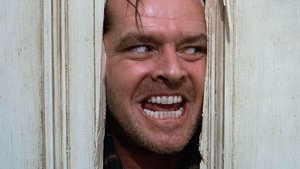

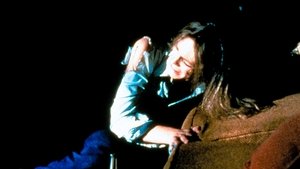
Horror cinema has evolved tremendously over the decades, offering everything from subtle psychological dread to outright supernatural terror. Classics like "Psycho" (1960) and "The Shining" (1980) have stood the test of time, shaping the genre with their innovative storytelling and iconic scenes. Alfred Hitchcock’s "Psycho" redefined suspense and made the shower scene a cultural landmark, while Stanley Kubrick’s adaptation of Stephen King’s novel created an unsettling atmosphere that still resonates.
In more recent years, films like "Get Out" (2017) introduced a fresh social commentary edge to horror, blending racial themes with thrilling suspense to critical acclaim. Meanwhile, movies such as "Hereditary" (2018) and "The Witch" (2016) have elevated atmospheric horror, focusing on family trauma and historical dread with meticulous craftsmanship.
The genre also includes innovative approaches like "A Quiet Place" (2018), which uses silence and sound as terrifying narrative devices, and cult favorites like "It Follows" (2015) and "The Babadook" (2014) that explore unique supernatural concepts through emotional depth.
Classic slasher films "Halloween" (1978) and "The Texas Chain Saw Massacre" (1974) remain benchmarks for gritty, raw horror that introduced iconic villains and intense suspense. Meanwhile, supernatural thrillers like "The Conjuring" (2013) and "The Exorcist" (1973) delve into the paranormal with chilling authenticity.
This curated list offers a diverse look at horror films that not only terrify but also engage audiences with their storytelling innovation, memorable characters, and lasting cultural impact. Whether you prefer psychological tension, ghostly hauntings, or slashers that keep you on edge, these films are essential viewing for any horror aficionado.
14. Scream (1996)
Wes Craven's Scream (1996) revitalized the slasher genre by cleverly deconstructing its own rules. Written by Kevin Williamson, the film follows a group of teenagers in a small town who are terrorized by a masked killer known as Ghostface, who taunts his victims with horror movie trivia.
The film is famous for its meta-commentary, with characters explicitly discussing the tropes and clichés of horror films, often referencing classics like Halloween and A Nightmare on Elm Street (also directed by Craven). This self-awareness, combined with genuine scares, sharp dialogue, and a sense of humor, made Scream a fresh and influential hit that spawned a successful franchise and numerous imitators.
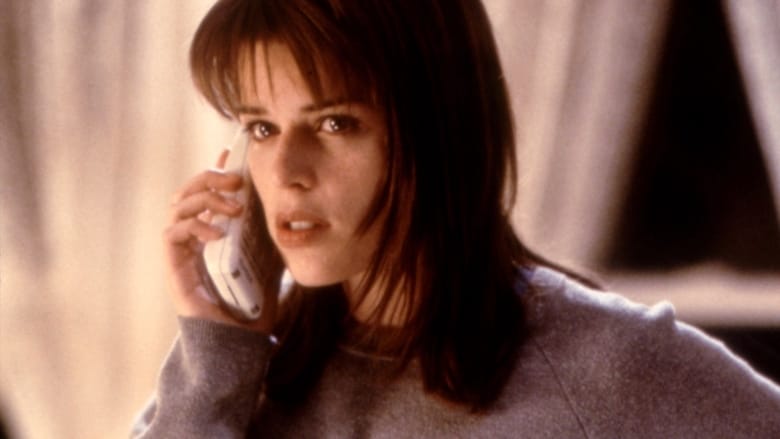
13. A Quiet Place (2018)
John Krasinski's A Quiet Place (2018) is a high-concept horror film that relies almost entirely on sound design and tension. It's set in a post-apocalyptic world where blind creatures with ultra-sensitive hearing hunt anything that makes noise, forcing a family to live in near-total silence.
The film's premise creates immediate, palpable tension in almost every scene, making ordinary actions like walking or dropping something terrifyingly dangerous. Krasinski, also starring alongside Emily Blunt, crafted a film that is not only scary but also a surprisingly emotional story about family, protection, and sacrifice. Its innovative use of sound and silence made it a standout horror film that proved you don't need gore to be terrifying.
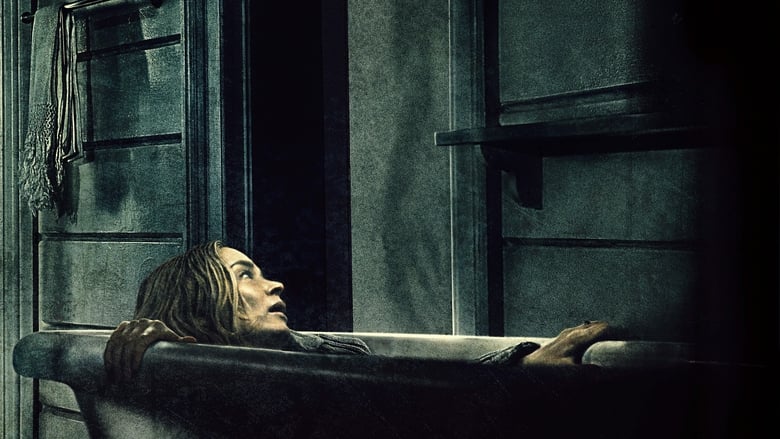
12. The Conjuring (2013)
James Wan's The Conjuring (2013) kicked off one of the most successful horror franchises of the 21st century. Based on the case files of real-life paranormal investigators Ed and Lorraine Warren, the film follows their efforts to help a family terrorized by a dark presence in their farmhouse.
Wan is a master of building suspense through classic techniques – slow pans, creaking doors, things lurking just out of sight – before unleashing expertly crafted jump scares. The film relies on atmosphere, strong performances from Patrick Wilson and Vera Farmiga as the Warrens, and a creepy, old-fashioned haunted house story structure. It successfully blended supernatural horror with a sense of genuine dread, appealing to both modern audiences and fans of classic ghost stories.

11. It Follows (2015)
David Robert Mitchell's It Follows (2015) offers a simple, yet terrifyingly effective high-concept premise: a supernatural entity that is relentlessly, slowly, and visibly following you after a sexual encounter. The only way to get rid of it is to pass it on to someone else.
The film evokes the feeling of classic 70s/80s horror with its synth-heavy score by Disasterpeace and an unsettling, timeless suburban setting. Its horror comes from the inescapable nature of the threat and the constant paranoia of scanning the background of every shot for the figure that could be coming for the protagonist. It's a film that takes a unique idea and executes it with chilling precision, creating a persistent sense of dread.
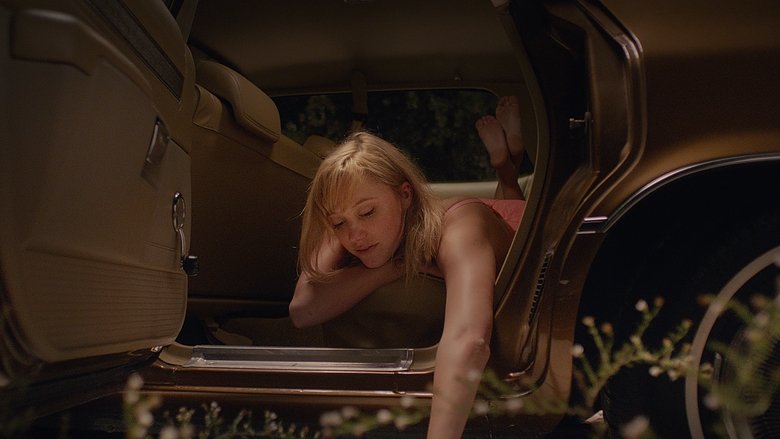
10. The Babadook (2014)
Jennifer Kent's The Babadook (2014) is an Australian psychological horror film that cleverly uses a monster as a metaphor for grief and depression. It centers on a widowed mother struggling to cope with her son's fear of a monster from a mysterious pop-up book, only for the creature to manifest in increasingly terrifying ways.
The film is a deeply affecting portrayal of the exhaustion and frustration of single parenthood combined with unresolved trauma. The design of the Babadook itself is simple yet incredibly unnerving. The Babadook gained significant critical acclaim and a dedicated following, resonating with audiences for its emotional depth and its innovative approach to the horror genre, proving that true scares can come from within.

9. The Witch (2016)
Robert Eggers' The Witch (2016) is a meticulously crafted piece of atmospheric folk horror set in 17th-century New England. The film follows a Puritan family cast out from their community who face terrifying supernatural forces in the woods surrounding their isolated farm. Eggers paid great attention to historical detail, using period-accurate language and production design to immerse the audience in the era.
The film's horror is derived from creeping dread, religious paranoia, and the fear of the unknown lurking in the wilderness. It launched the career of Anya Taylor-Joy, who gives a captivating performance as the eldest daughter, Thomasin. The Witch is a slow-burn experience that relies on mood and suggestion rather than jump scares, creating a chilling and authentic portrayal of fear in a superstitious age.

8. Hereditary (2018)
Ari Aster's feature directorial debut, Hereditary (2018), is a devastating and deeply disturbing exploration of grief, family trauma, and the inescapable nature of fate. Toni Collette gives a powerhouse performance as the matriarch of a family unraveling after a death, uncovering terrifying secrets about their ancestry.
The film builds its horror through an oppressive atmosphere, unsettling practical effects, and a sense of dread that permeates every scene. Aster drew inspiration from classic horror films and the concept of inherited trauma, creating a film that is both emotionally resonant and utterly horrifying. Its unflinching look at familial dysfunction and the feeling of being trapped by one's lineage makes it a uniquely potent and terrifying modern horror masterpiece.

7. Get Out (2017)
Jordan Peele's directorial debut, Get Out (2017), is a brilliant blend of horror, suspense, and sharp social commentary. It follows a young Black man who visits his white girlfriend's family estate, only to discover a disturbing secret. The film uses classic horror tropes to explore themes of racism, appropriation, and the insidious nature of prejudice in modern America.
Peele, previously known for comedy, proved himself a master of building tension and crafting a layered narrative. The film's success was phenomenal, both critically and commercially, earning Peele an Academy Award for Best Original Screenplay – a rare feat for a horror film. Get Out is a landmark film that sparked conversations and demonstrated the power of horror to tackle complex societal issues in a thought-provoking and terrifying way.

6. The Texas Chain Saw Massacre (1974)
Tobe Hooper's The Texas Chain Saw Massacre (1974) is a raw, brutal, and deeply unsettling experience that feels less like a traditional horror film and more like a documentary of a nightmare. Despite its title and reputation, the film is surprisingly light on explicit gore; its terror comes from its gritty, realistic aesthetic, disturbing sound design, and the sheer depravity of the cannibalistic family.
The film was marketed as being based on a true story, which added to its chilling impact, though it was only very loosely inspired by the crimes of serial killer Ed Gein (who also inspired Psycho and Silence of the Lambs). Made on a tiny budget in sweltering Texas heat, the difficult production conditions contributed to the film's palpable sense of discomfort and desperation, creating a truly visceral horror classic.

5. Halloween (1978)
John Carpenter's Halloween (1978) single-handedly popularized the slasher genre as we know it. Made on a shoestring budget of just $300,000, it became a massive box office success and introduced the world to the relentless, masked killer Michael Myers and the quintessential 'final girl,' Laurie Strode, played by Jamie Lee Curtis in her film debut.
Carpenter also composed the film's iconic, minimalist synth score, which is just as crucial to building tension as the visuals. The decision to make Michael Myers a force of nature, a figure of pure evil with no clear motive, made him terrifyingly effective. The film's simple yet brilliant premise – evil coming home on Halloween night – tapped into primal fears and set the template for countless horror films that followed.

4. Rosemary's Baby (1968)
Rosemary's Baby, directed by Roman Polanski and released in 1968, is a masterclass in slow-burn psychological horror and creeping paranoia. Mia Farrow delivers a fragile yet compelling performance as a young woman who suspects her pregnancy might be part of a sinister plot involving her seemingly friendly neighbors.
The film is notable for its realistic portrayal of New York City life and its subtle, almost mundane depiction of evil lurking just beneath the surface of polite society. Polanski's direction builds tension not through jump scares, but through unsettling details, ambiguous situations, and the growing isolation of the protagonist. It's a chilling exploration of trust, manipulation, and the horror of losing control over one's own body and destiny.

3. The Shining (1980)
Stanley Kubrick's adaptation of Stephen King's The Shining is a descent into madness unlike any other. Released in 1980, it's renowned for Kubrick's meticulous direction, stunning cinematography using the newly developed Steadicam, and Jack Nicholson's legendary, unhinged performance as Jack Torrance.
Kubrick was known for his demanding nature, famously putting actress Shelley Duvall through immense stress to achieve her performance. The film is rife with symbolism and hidden details, leading to countless theories and interpretations about its meaning, from critiques of American history to the idea that it's about the genocide of Native Americans (given the hotel's location and certain imagery). It's a film that rewards rewatching, each viewing revealing new layers of its complex, terrifying tapestry.

2. Psycho (1960)
Alfred Hitchcock's Psycho completely redefined the horror genre in 1960, proving that terror could lie not just in monsters or ghosts, but in the disturbed human psyche. Its infamous shower scene, though only about three minutes long, is one of the most analyzed and iconic sequences in cinema history, utilizing rapid cuts and sound design to create unparalleled suspense.
What's fascinating is how Hitchcock built buzz around the film. He insisted that theaters not allow late entry, preserving the shock of its major plot twists. The film was shot in black and white partly to keep the budget down, but also to tone down the gore and perhaps make it feel more like a newsreel or documentary, adding to its unsettling realism. It’s a masterclass in suspense and psychological horror that continues to influence filmmakers today.

1. The Exorcist (1973)
The Exorcist isn't just a horror movie; it's a cultural phenomenon that genuinely terrified audiences upon its release in 1973. Director William Friedkin pushed boundaries, employing intense practical effects and even firing shotguns on set to elicit genuine reactions from actors.
The film's depiction of demonic possession was so visceral and unsettling that it led to reports of fainting and vomiting in theaters, and sparked widespread debate about its controversial themes and imagery. Based loosely on a real-life case from the 1940s, it remains a benchmark for supernatural horror, showcasing incredible performances and groundbreaking makeup effects by Dick Smith that still hold up today. It's a film that delves deep into faith, doubt, and the ultimate battle between good and evil, leaving a lasting, chilling impact.

